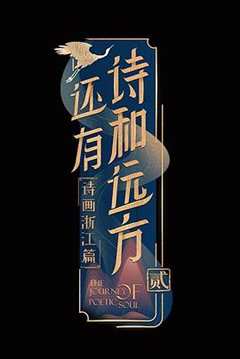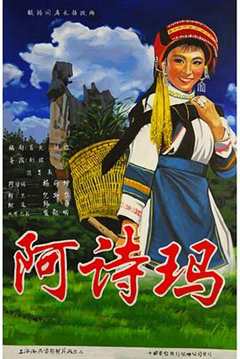西方英文诗歌诗体纵览(10)
2023-04-26 来源:飞速影视
Now wherefore stopp"st thou me?The Bridegroom’s doors are opened wide,
And I am next of kin;
The guests are met, the feast is set:
May"st hear the merry din."
He holds him with his skinny hand,
"There was a ship," quoth he.
"Hold off! Unhand me, gray-beard loon!"
Eftsoons his hand dropt he.
He holds him with his glittering eye–
The Wedding-Guest stood still,
And listens like a three years’ child:
The Mariner hath his will.
The Wedding-Guest sat on a stone:
He cannot choose but hear;
And thus spake on that ancient man,
The bright-eyed Mariner.
The ship was cheered, the harbor cleared,
Merrily did we drop
Below the kirk, below the hill,
Below the lighthouse top.
(4-3-4-3 步调)
5、日本的俳句
最早在8世纪由Matsuo Basho定型为一种诗歌体式。
俳句是基于字词的发音,由8世纪日本宫廷诗学衍生而成。通过著名诗人松尾芭蕉发展成型的一种诗体,俳句诗体植根于大自然和我们的感官世界,通常用于记录诗人对特定一个时刻的景致或特定某个时刻运动的加以精准和深入的观察。
俳句一般由三行组成,日本文俳句一般有字数5-7-5的要求,或有音节限制,全诗一般由17个或少于17个音节组成。俳句的这种结构和韵律可以充分容许诗人尝试自己的勇气,但俳句的诗体比较难于掌握,通常需要数年时间,需要学会静心观察才有可能真正掌握和写好俳句。现在,日本的俳句诗体已经成为西方人喜欢使用的一种诗歌形式。在日本存在有俳句协会,在美国及几乎所有的英语国家,同时也包括非英语国家,如德国、瑞典、法国、荷兰、巴尔干国家和俄罗斯等有很多人利用这种诗体。
相关影视

还有诗和远方
2020/其它/大陆综艺
诗歌之王第二季
2017/大陆/大陆综艺
还有诗和远方第二季
2021/大陆/大陆综艺
还有诗和远方第三季
2022/大陆/大陆综艺
诗人
2018/大陆/爱情片
阿诗玛
1964/大陆/爱情片
诗人2022
2022/其它/喜剧片
死亡诗社
1989/美国/剧情片
合作伙伴
本站仅为学习交流之用,所有视频和图片均来自互联网收集而来,版权归原创者所有,本网站只提供web页面服务,并不提供资源存储,也不参与录制、上传
若本站收录的节目无意侵犯了贵司版权,请发邮件(我们会在3个工作日内删除侵权内容,谢谢。)
若本站收录的节目无意侵犯了贵司版权,请发邮件(我们会在3个工作日内删除侵权内容,谢谢。)
www.fs94.org-飞速影视 粤ICP备74369512号







